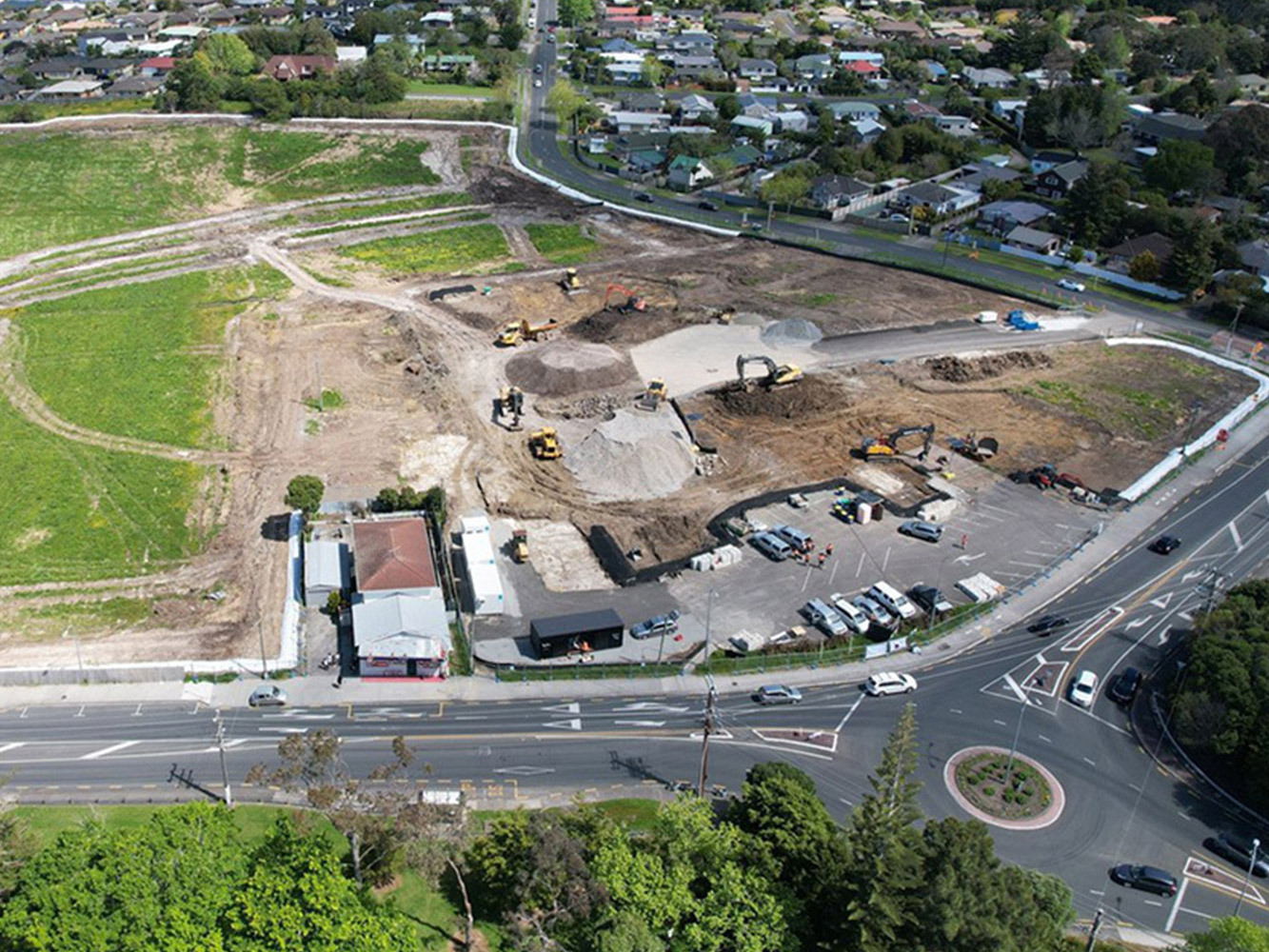Subdivision projects in Christchurch can be complex, and minor oversights in the engineering phase can trigger major delays. With the city’s unique ground conditions, strict planning framework, and evolving infrastructure policies, developers must work with civil engineers who understand the full scope of local requirements.
Stormwater design is one of the most common causes of subdivision delays. Christchurch City Council requires that new developments manage stormwater on-site and ensure post-development runoff does not exceed pre-development levels.
Common errors include:
Inadequate site-specific modelling (e.g. using outdated rainfall data or generic design volumes)
Failing to consider soil infiltration rates and downstream capacity
Omitting overland flow path design or secondary flow management
Stormwater management should be addressed early in the design phase, ensuring full compliance with council standards, flood overlays, and environmentally sustainable discharge.
Before construction can begin, engineering approval must be obtained from Christchurch City Council. This is a detailed process that reviews all design elements: stormwater, water supply, wastewater, access, and earthworks.
Delays happen when submissions:
Are missing required design drawings or calculations
Don’t align with the subdivision consent
Lack evidence of coordination with other consultants (surveyors, planners, etc.)
Preparing and managing complete engineering approval packages, liaising with council engineers, helps ensure a streamlined approval process.
Access design is another common pain point. If a proposed accessway or driveway doesn’t meet gradient, width, surfacing, or sightline requirements, the subdivision may be rejected or delayed.
Mistakes we regularly see:
Ignoring maximum grade limits or insufficient design for vehicle tracking
Overlooking emergency vehicle access requirements (especially for rear lots)
Designing shared access that doesn’t comply with right-of-way standards
Accessway and driveway design must comply with Christchurch City Council standards while prioritising practical, buildable outcomes.
Subdivision projects require input from surveyors, planners, architects, and engineers. Poor coordination between these professionals often results in misaligned plans, duplicated work, and conflicting designs.
Examples include:
Survey plans not matching infrastructure layouts
Consent conditions not reflected in engineering drawings
Conflicting driveway or building platform positions
An integrated team ensures that engineers, planners, and surveyors collaborate from day one, providing consistency across all documentation and faster resolution of council queries.
Ignoring ground conditions is a serious mistake, especially in Christchurch. Engineers who don’t account for liquefaction risk, bearing strength, or groundwater levels risk designing infrastructure that isn’t feasible to build or won’t pass consent.
Common issues:
Failing to carry out a geotechnical investigation prior to design
Incorrect stormwater or earthworks assumptions
Needing costly redesigns after siteworks reveal unsuitable conditions
Completing a geotechnical investigation before finalising any engineering drawings ensures drainage, earthworks, and access design are informed and feasible.
Earthworks and finished levels are critical to ensuring stormwater flow, driveway usability, and future building compliance. Yet they’re often rushed or oversimplified during subdivision planning.
Problems that arise:
Finished lot levels that require excessive future earthworks
Retaining requirements overlooked until construction
Insufficient fill compaction or sediment control planning
Earthworks should be designed holistically, taking into account site constraints, council requirements, and cost-efficiency.
Avoiding Delays Starts with the Right Engineering Partner
Subdivision delays are frustrating and expensive, but they’re often preventable. By partnering with the right engineering team, you gain access to a multi-disciplinary approach with deep Christchurch knowledge, strong council relationships, and a proactive approach to risk management.
Civil engineers shouldn’t just create compliant designs. They should anticipate issues, coordinate across disciplines, and provide practical solutions tailored to the city’s evolving planning framework.

Stormwater isn’t just a technical box to tick in Christchurch’s subdivision process, it’s one of the most scrutinised and impactful aspects of land development.

If you’re developing land or subdividing property in Christchurch, one of the most critical and often misunderstood steps is securing engineering approval.

In subdivision and land development projects, accessways and driveways often seem like minor details.
For private land developments, Civix Town Planners, Chartered Engineers and Licensed Cadastral Surveyors have got you covered from the initial site visit through to council sign off.
Contact Us